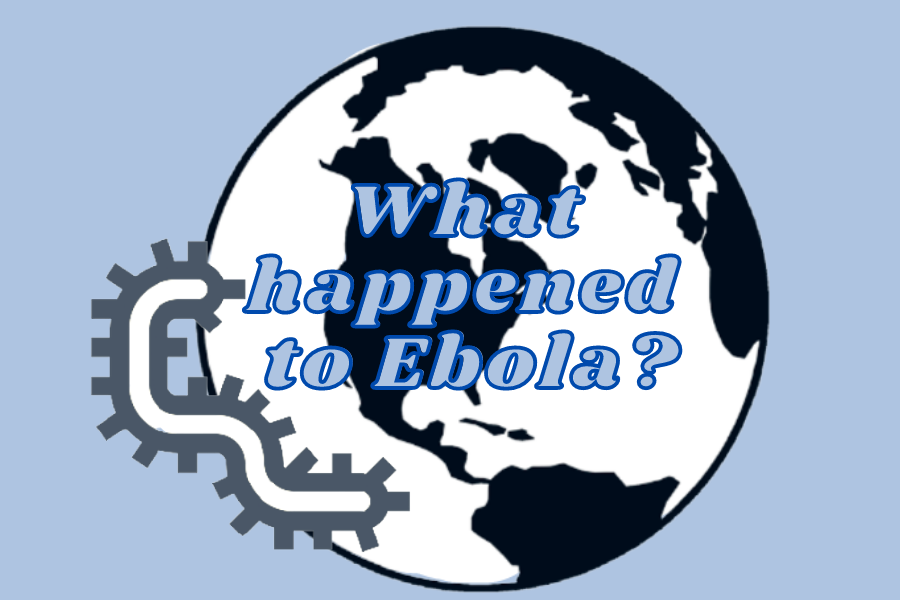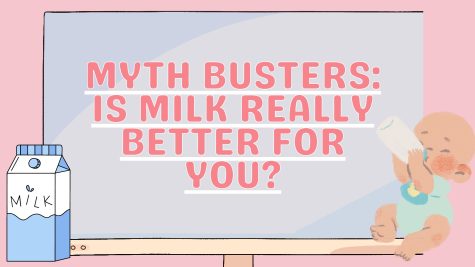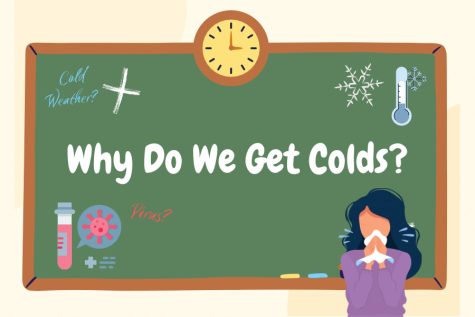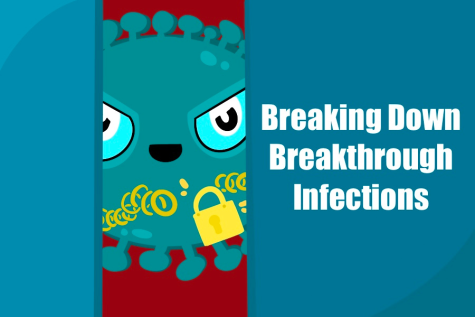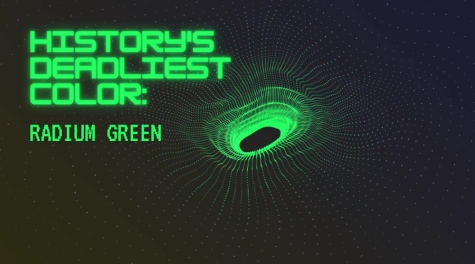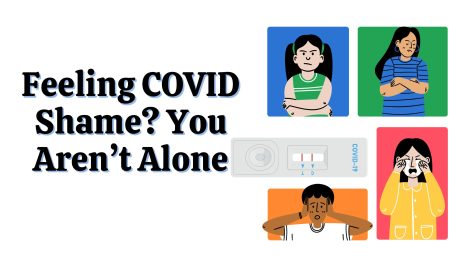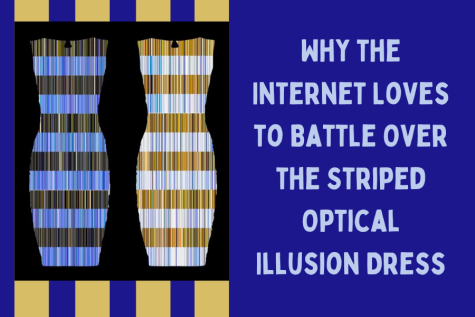What Happened to Ebola?
In 2013, articles about Ebola crowded the news cycle. Dystopic images depicted healthcare workers sporting bright yellow hazmat suits, as well as distraught victims of the fatal illness. The disease dominated many facets of American culture, with hazmat suit Halloween costumes going viral. When the United States identified its first Ebola case in 2014, many (including myself) were convinced it was the end of normalcy. But it wasn’t. Within a short time, the illness stopped being discussed and everyone forgot about it.
What happened to Ebola?
Ebola, which is contracted when one comes in contact with the bodily fluids of an infected individual, causes severe blood clotting. These blood clots can lead to internal bleeding, inflammation, and tissue damage. The illness has a mortality rate between 25% and 90%, which is high compared to COVID-19’s rate of 3.4%. During its largest outbreak, from 2014 to 2016 in West Africa, about eleven thousand out of the twenty-eight thousand that contracted Ebola died.
Although there was an Ebola outbreak as recently as May 2021, none have been severe enough to garner significant international media coverage. There is no cure for the virus, but innovative vaccines and experimental drugs have made it treatable. For example, the ERVEBO (Ebola Zaire Vaccine) is a single-dose vaccine that protects against the Zaire ebolavirus strain. It contains Ebola genes, replacing the glycoprotein present in the virus. In a 2014-2016 study conducted in Guinea, 3,775 individuals who had exposures were immediately vaccinated. None of these close contacts contracted the virus.
In September 2021, Jean-Jacques Muyembe (who discovered the disease in 1976) declared that “Ebola is defeated.” Ebola is not as infectious as COVID-19, but the containment of an illness that once wreaked havoc in Africa demonstrates that modern technology and vaccination works.

